I'm studying Chapter 8.6 of Razavi's Analog IC Design textbook (Bode's Analysis of Feedback Circuits).
Bode's method provides a way of simplifying feedback analysis by replacing one dependent source (for example a MOSFET) with an independent source and computing the simpler transfer functions for when the source is disabled or the input is shorted.
How can this method can be extended for multiple non-trivial feedback loops?
Can it be applied recursively, eliminating sources one-by-one? (I don't think so --- once you've eliminated one source, the circuit is already broken...)
Razavi seems to think this method is applicable to any number of feedback loops, but the only multi-loop examples he gives are ones where one of the loops is trivial (like a source-degenerated CS) and can be solved by inspection.
